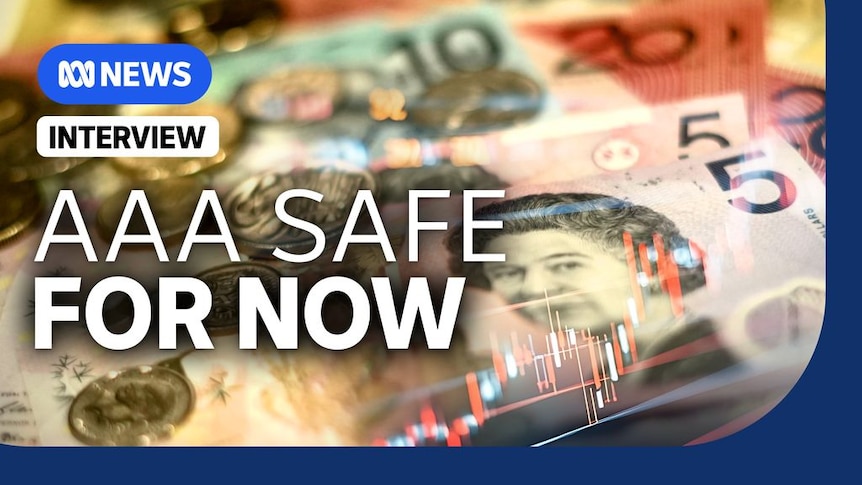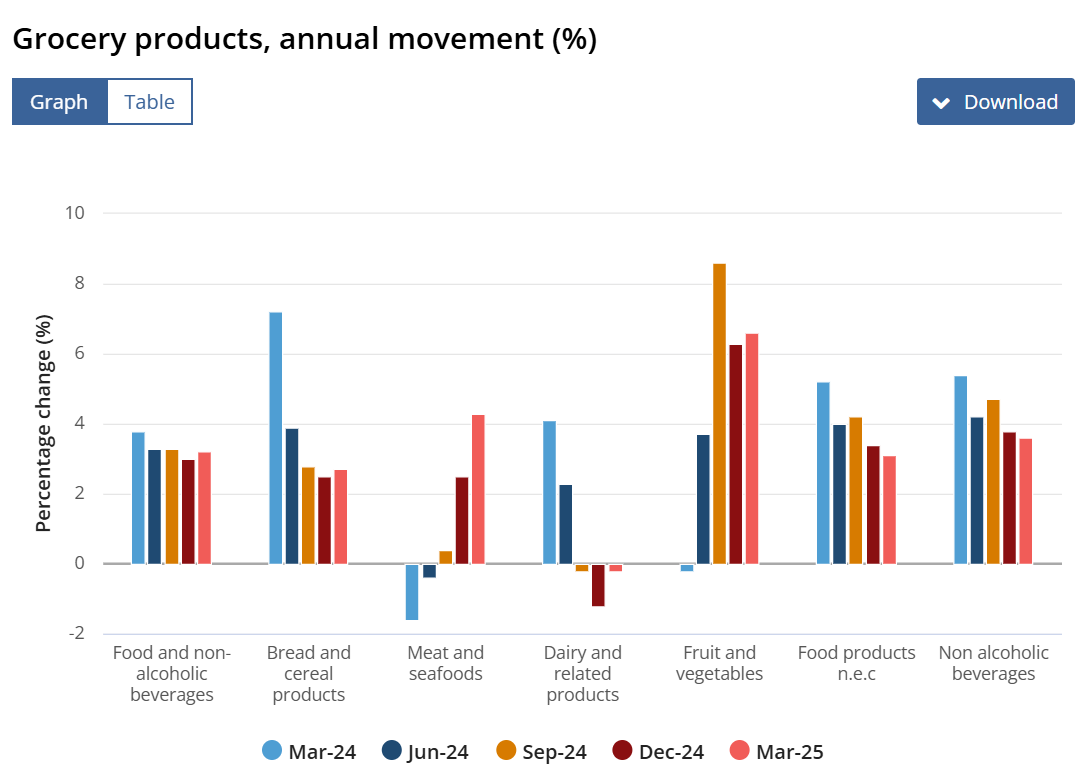How Inflation Trends Shape Australia's Economy in 2025
Australia’s inflation scene is changing fast, and its effects reach every corner of the economy. Keeping track of inflation matters to households, investors, and policymakers alike. In 2025, understanding inflation trends is crucial as Australia faces pivotal decisions about interest rates, the cost of living, and economic growth.

Inflation data visualization helps identify trends in Australia’s economy.
What Is Inflation and Why Does It Matter?
Inflation represents the rise in prices of goods and services over time. A moderate rate is normal and even healthy for the economy. It can reflect growth and rising demand. However, rapid or unpredictable inflation strains household budgets and reduces the purchasing power of money. When inflation remains above central bank targets, policymakers step in with interest rate adjustments to keep things stable.
Australia’s Current Inflation Rate
In early 2025, Australia’s headline inflation rate stayed steady at 2.4%, a four-year low. According to CNBC, this rate was slightly higher than expected but unchanged from the previous quarter. More importantly, the Reserve Bank’s preferred measure—the trimmed mean—fell to 2.9%. This brought it within the target band for the first time in over three years. This shift provides new possibilities for monetary policy in the months ahead.
How Inflation Affects Australians
Shifts in inflation influence many parts of daily life. Households feel the impact through grocery bills, rent, and utilities. While some price hikes have slowed—such as for dairy products—others persist, with essential services and insurance prices staying high. For businesses, higher costs can trigger changes in wages, employment, and long-term investment plans.
Despite some relief in inflation, don’t expect prices to fall across the board. As explained in ABC News’s live market blog, the Reserve Bank aims for prices to rise by 2-3% each year. This means that while inflation has slowed, the overall price level continues to increase, albeit more gradually.

The ASX 200 index responds to new inflation data.
Economic Reactions and Rate Cut Expectations
After the release of the latest inflation figures, economists began forecasting a possible rate cut from the Reserve Bank. There’s optimism that lowering rates could offer relief to consumers, as shown by expert commentary and strong market performance. For example, analysis from The Wall Street Journal suggests that slowing inflation strengthens the case for a near-term reduction in interest rates.
Financial markets responded positively, and the ASX 200 hit an eight-week high after the inflation report, reflecting growing confidence among investors. The Australian dollar also saw gains in response to the data.
What’s Next for the Australian Economy?
With inflation finally within target, attention turns to wage growth and cost of living. Policymakers hope wages will rise faster than inflation, allowing Australians to regain some lost purchasing power. The coming months will be critical. If inflation continues to moderate and global conditions remain stable, Australia may see a series of rate cuts later in the year. This could encourage borrowing and boost consumption.
Conclusion: Staying Informed in a Changing Landscape
Inflation shapes the economic environment, influencing everything from interest rates to investment returns. By keeping up with trends and expert analysis, Australians can better navigate these shifts. For continued updates and detailed analysis, refer to CNBC’s inflation coverage and the live economic reports from ABC News.
Staying informed not only helps you manage daily expenses but also supports smarter financial planning for the future.